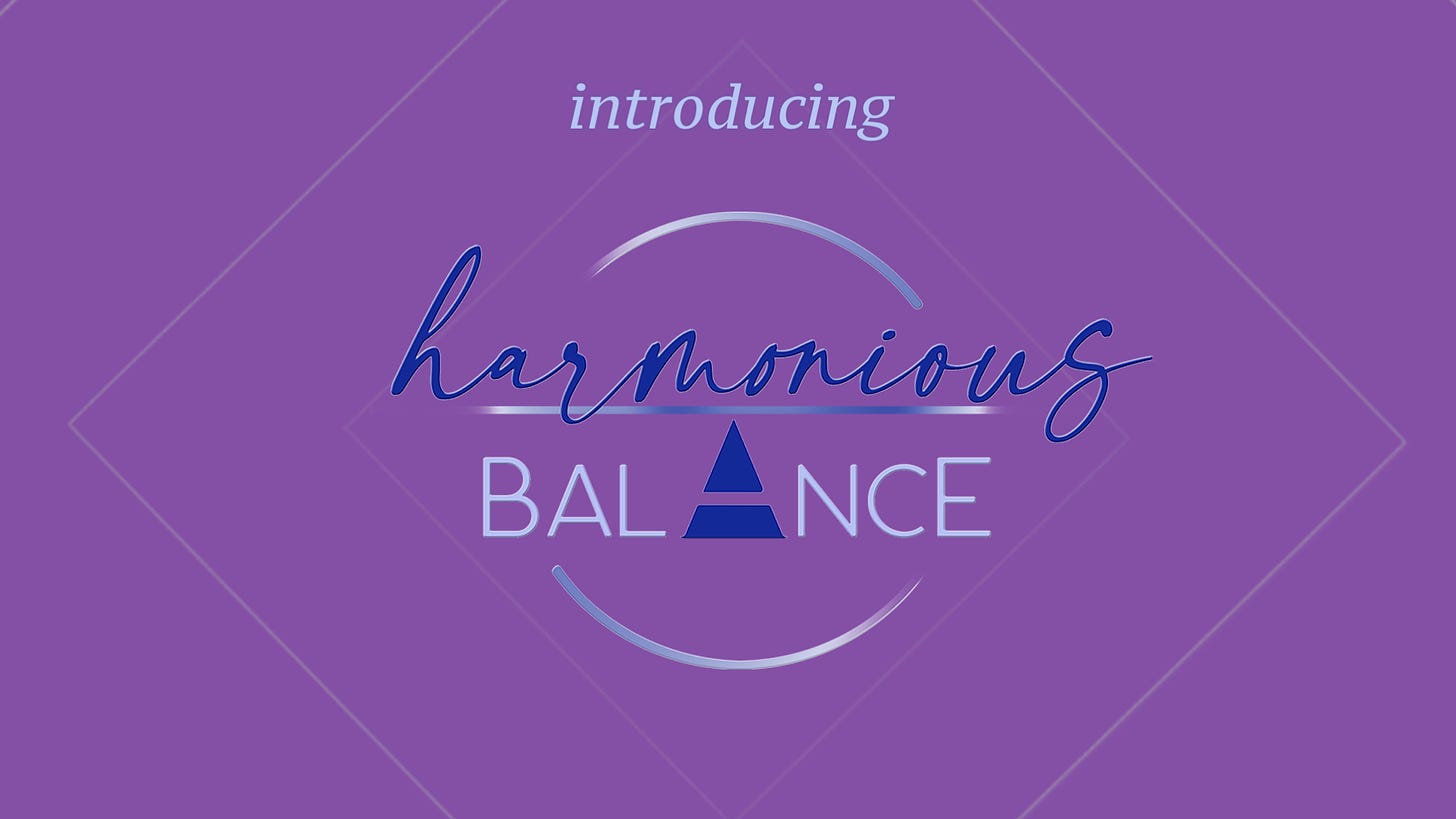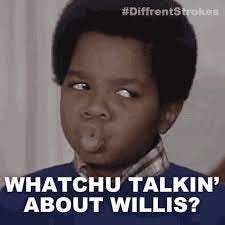Move over work-life balance! And make room for a more evolved and practical wellness approach!
I'm sure you're thinking what's so wrong with work-life balance? I'm glad you asked. I wouldn't say so much that something is wrong with the idea. It was the response to the Baby Boomer generation's idea of work, work, work and to hell with everything else, even their families. GenX-ers were latch-key kids and experienced first-hand the impact of their parents overworking and missing out on their lives. So GenX told the world that they wanted work-life balance.
That all sounded wonderful and it was a much needed paradigm shift. The issue though is that over time many people have determined that balance was unattainable. That it is a zero-sum game. To get ahead at work, life outside of work has to suffer and vice versa. If anyone had a modicum of balance it was married men with spouses that did not work outside the home. Working women, especially mothers, most definitely believe that there is no such thing as balance.
The response to work-life balance not being attainable was the idea of work-life harmony. As long as our time, energy, and effort were allocated as we saw fit then all is well; our lives were in harmony. Again this all sounds wonderful. The issue though is that this notion really only favors being “all in” to work. I’ve never heard anyone say they redistributed their time, energy, and effort to favor their lives outside of work without work suffering in some way.
Now we have work-life integration. Let’s bring both worlds together. If work and life were not deemed as separate entities then neither side will get short-changed, right? Well…perhaps those who are able to work from home will benefit the most from this integrated approach. But our pandemic experience illuminated for us who our “essential” workforce was. Essential workers are the people that we can't afford, as a global society, to work from home. Add to that the idea that some work-life boundaries are actually necessary and healthy. Integration can become enmeshment. Anyone in the worlds of counseling, therapy, and psychology will tell you that enmeshment is not a good thing.
So where does this leave us? Is it all a myth? Is it really true that we can’t have it all? It’s hardly a myth and I’m not one to believe that we can’t have it all or nor do I believe as Oprah says “we can’t have it all at the same time.” Over the years I’ve listened to these sentiments and found myself perplexed because it’s not a zero-sum game. Everyone’s personal and family lives are not suffering because of work demands and vice versa. People figure it out. Even the people who say balance isn’t achievable, figure it out. To me the sticking point is that we view balance as a function of time. That our time, energy, and effort have to be distributed equally in order to achieve balance.
Well I’m here today to offer a new paradigm. That balance is not a function of time and balance is not achieved with better time management. Balance is a function of energy and achieved with proper energy management. Cue Arnold Jackson from the 80s sitcom Diff’rent Strokes, “whatchu talkin’ bout, Johanna?”
Yes energy management. I first learned of the idea from a presentation at a conference delivered by coaches from the Human Performance Institute. I was so inspired that I immediately purchased the book The Corporate Athlete Advantage. This was the first book that I read where I was at loss for keeping track of my notes. I nearly highlighted the whole book. I dog-eared so many pages. I started writing notes in the margins because of how much it resonated with me.
Obviously I cannot elaborate on everything in this one article but the net of it all is that balance is not the end result; it’s not the output. It’s actually the input. It’s not external; it is internal. It’s physical, mental, emotional, and spiritual. Those are the four energy valences that we have to bring into balance internally. And when these four are in balance we make decisions that lead to harmonious outcomes. In other words, balance in; harmony out aka Harmonious Balance.
I’ll close with what I believe Harmonious Balance looks like. (Read more about what balance looks like across these four energy valences in my article, Time Management vs Energy Management). When we make decisions that align with what’s important to us, we are more fulfilled and feel as if we are living our best lives. When we feel our best, we show up as our better selves. When we show up as our better selves, we are more inclined to accomplish the greater good.
In short, Harmonious Balance looks like living our best lives, being our better selves, and accomplishing the greater good. And I invite you to take the journey, along with me, in pursuing Harmonious Balance for yourselves.
Onward to Harmonious Balance,
-Johanna
**For customized content requests, 1:1 coaching and/or speaking inquiries, feel free to contact me.**






